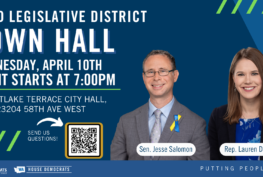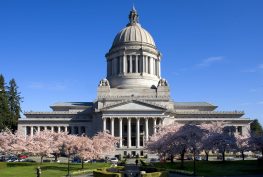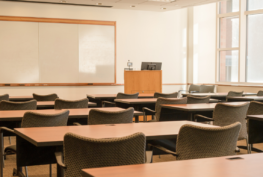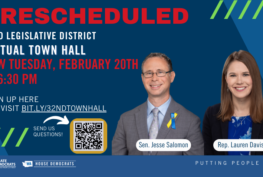Dear friends:
Move Ahead Washington is the most environmentally friendly package of transportation investments in state history and one of the most exciting achievements of the 2022 legislative session. It’s especially notable for two things. One, it dramatically boosts spending on for pedestrian infrastructure, transit, pollution control, fish passage and other critical statewide projects and maintenance. Two, these investments do not require a general or gas tax increase because nearly all the funds come from last year’s carbon fee in the Climate Commitment Act as well as federal funding.
The total investment of $17 billion over 16 years includes:
- $3 billion for transit programs and grants, including free transit and ferry fares for youth 18 and under.
- $1.2 billion for active transportation, including Safe Routes to School, Complete Streets, and pedestrian infrastructure.
- $3 billion to maintain and improve statewide infrastructure, including: fully funding the SR-520 replacement project; planning and designing the replacement of the I-5 bridge over the Columbia River between Vancouver and Portland; replacing the US 2 Trestle in Snohomish County; widening SR 18 in King County; upgrading both the Hood River bridge between Oregon and Washington and the I-5 Bridge over the Nisqually delta; and improving HOV lanes on I-5. (The SR-520 project not only funds mitigation to adjacent neighborhoods, it adds $1.1 million for noise mitigation during construction over Portage Bay.
- $2.4 billion to replace culverts that block salmon from reaching spawning grounds.
- $500 million to retrofit old highways, adding stormwater systems to stop water pollution into the Puget Sound and elsewhere around the state.
- $4 million to retrofit the I-5 Ship Canal Bridge in order to reduce the amount of polluted stormwater discharged in Salmon Bay and Lake Union, inspired by a similar successful project at the SR 99 bridge.
Over the next 16 years, Move Ahead Washington will prepare us for a future centered on robust public transit and pedestrian safety while also preserving and maintaining the transportation infrastructure we rely on today.
Sincerely,





